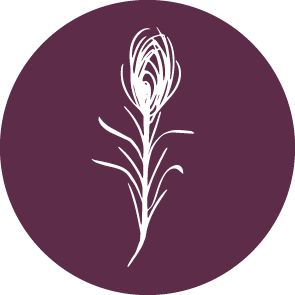Sanskrit in yoga? Let’s talk nuance.
I offer yoga using my name Tejal as it carries many meanings in both Hindi and Sanskrit.
Sanskrit
Tej (तेज्): To guard, defend, protect.
Hindi
Tej (तेज्): radiance, glow; splendour, brilliance, refulgence; awe
Jal (जल्): water
My name Tejal was given to me as is custom by my father’s oldest sister and due to the alignment of the stars at the time I was born. It is a non-binary Gujarati/Hindi name rooted in the Sanskrit language.
Sanskrit is an ancient Indian language and when we translate its words and concepts into English we often find there aren’t direct translations. This is important.
It reminds us that English isn’t the end all of language, nor was it the beginning.. It’s important we open our minds to the idea that other languages do not have a direct relationship with English, in certain cases, English is the limiting factor.
Sanskrit is ancient and old, and it is very much in use in religious ceremonies and in yogic teachings and practice, to name a few areas where it’s practically in use. When you hear the rhetoric that Sanskrit is outdated or a dead language, it’s necessary to combat this idea by offering very real, current situations in which Sanskrit is in use today.
When learning about Sanskrit it’s critical to recognize two points;
Sanskrit is integral to the teachings and use of yoga as we practice it today, a living, evolving practice.
Sanskrit was used as a tool to oppress and kill adivasi/scheduled tribe/lower-caste people in India in the past and present. Even today, people are subject to Sanskritisation or Brahmanisation, a process of aligning with dominant culture, Brahmanacial beliefs.
Our relationship to Sanskrit needs to be as nuanced as these two points. I believe Sanskrit should not be ignored in order to cater to ethnically European students, enforcing a sterilized, white-washed version of yoga to continue to proliferate. Nor should Sanskrit be forced onto anyone when it causes caste-related or ethnic and race-related harm, stress or trauma.
To learn more about caste and trauma visit Equality Labs, a dalit civil rights organization.

